Saman Parvaneh
Pervasive Lying Posture Tracking
Jun 19, 2020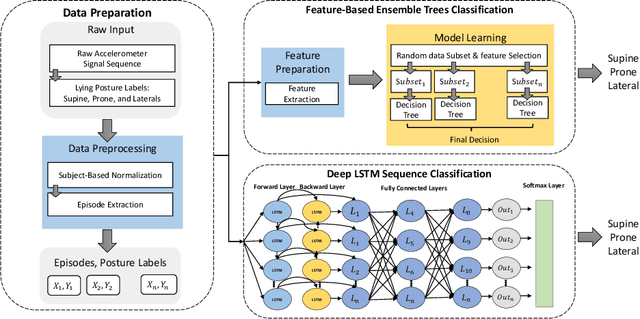
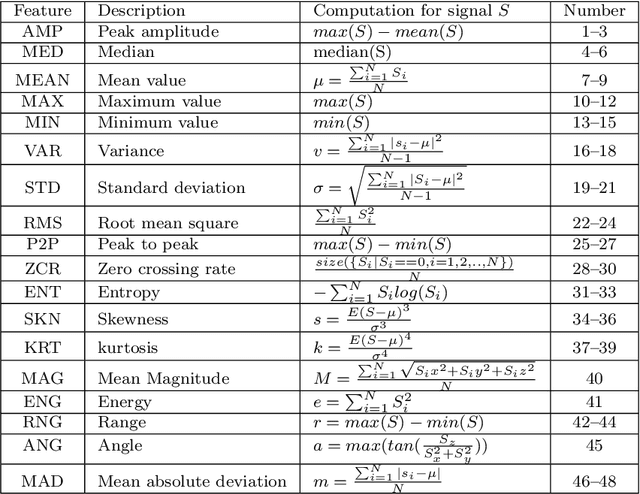
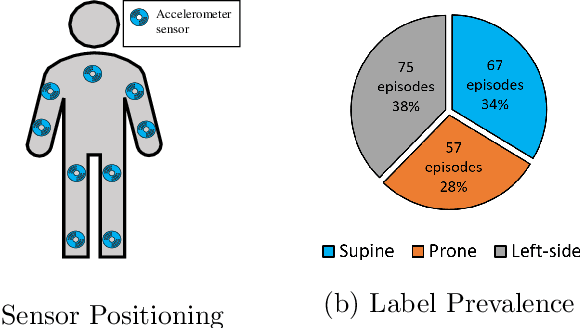
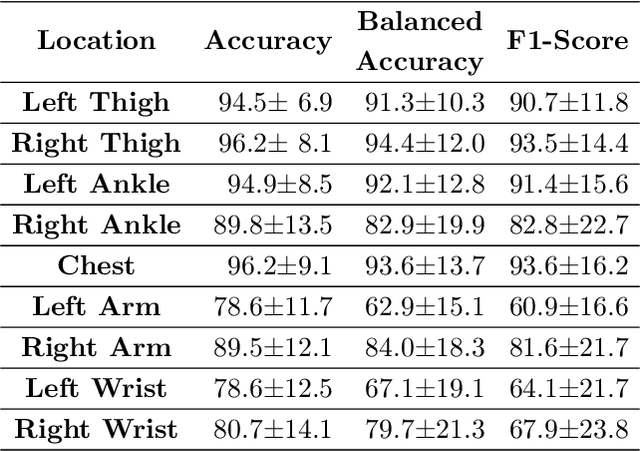
Abstract:There exist significant gaps in research about how to design efficient in-bed lying posture tracking systems. These gaps can be articulated through several research questions as follows. First, can we design a single-sensor, pervasive, and inexpensive system that can accurately detect lying postures? Second, what computational models are most effective in the accurate detection of lying postures? Finally, what physical configuration of the sensor system is most effective for lying posture tracking? To answer these important research questions, in this article, we propose a comprehensive approach to design a sensor system that uses a single accelerometer along with machine learning algorithms for in-bed lying posture classification. We design two categories of machine learning algorithms based on deep learning and traditional classification with handcrafted features to detect lying postures. We also investigate what wearing sites are most effective in accurate detection of lying postures. We extensively evaluate the performance of the proposed algorithms on nine different body locations and four human lying postures using two datasets. Our results show that a system with a single accelerometer can be used with either deep learning or traditional classifiers to accurately detect lying postures. The best models in our approach achieve an F-Score that ranges from 95.2% to 97.8% with 0.03 to 0.05 coefficient of variation. The results also identify the thighs and chest as the most salient body sites for lying posture tracking. Our findings in this article suggest that because accelerometers are ubiquitous and inexpensive sensors, they can be a viable source of information for pervasive monitoring of in-bed postures.
Densely Connected Convolutional Networks and Signal Quality Analysis to Detect Atrial Fibrillation Using Short Single-Lead ECG Recordings
Oct 10, 2017
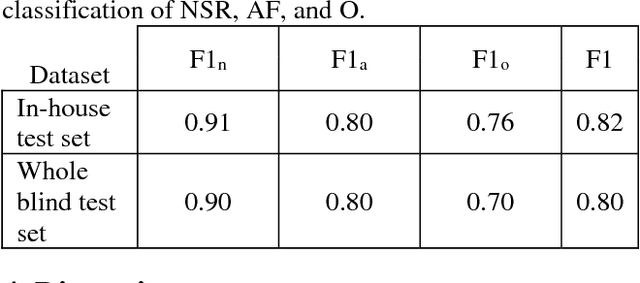
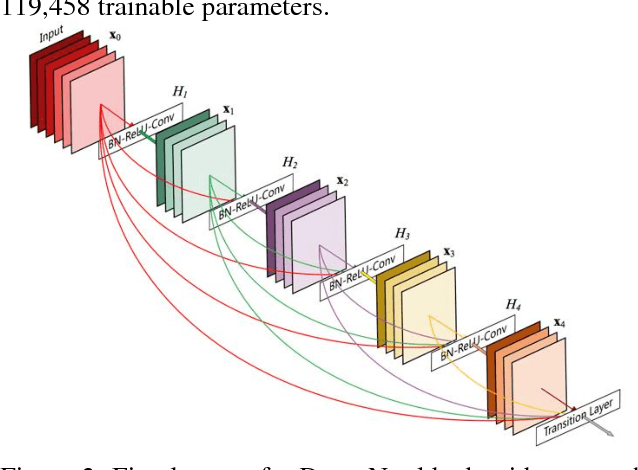
Abstract:The development of new technology such as wearables that record high-quality single channel ECG, provides an opportunity for ECG screening in a larger population, especially for atrial fibrillation screening. The main goal of this study is to develop an automatic classification algorithm for normal sinus rhythm (NSR), atrial fibrillation (AF), other rhythms (O), and noise from a single channel short ECG segment (9-60 seconds). For this purpose, signal quality index (SQI) along with dense convolutional neural networks was used. Two convolutional neural network (CNN) models (main model that accepts 15 seconds ECG and secondary model that processes 9 seconds shorter ECG) were trained using the training data set. If the recording is determined to be of low quality by SQI, it is immediately classified as noisy. Otherwise, it is transformed to a time-frequency representation and classified with the CNN as NSR, AF, O, or noise. At the final step, a feature-based post-processing algorithm classifies the rhythm as either NSR or O in case the CNN model's discrimination between the two is indeterminate. The best result achieved at the official phase of the PhysioNet/CinC challenge on the blind test set was 0.80 (F1 for NSR, AF, and O were 0.90, 0.80, and 0.70, respectively).
 Add to Chrome
Add to Chrome Add to Firefox
Add to Firefox Add to Edge
Add to Edge